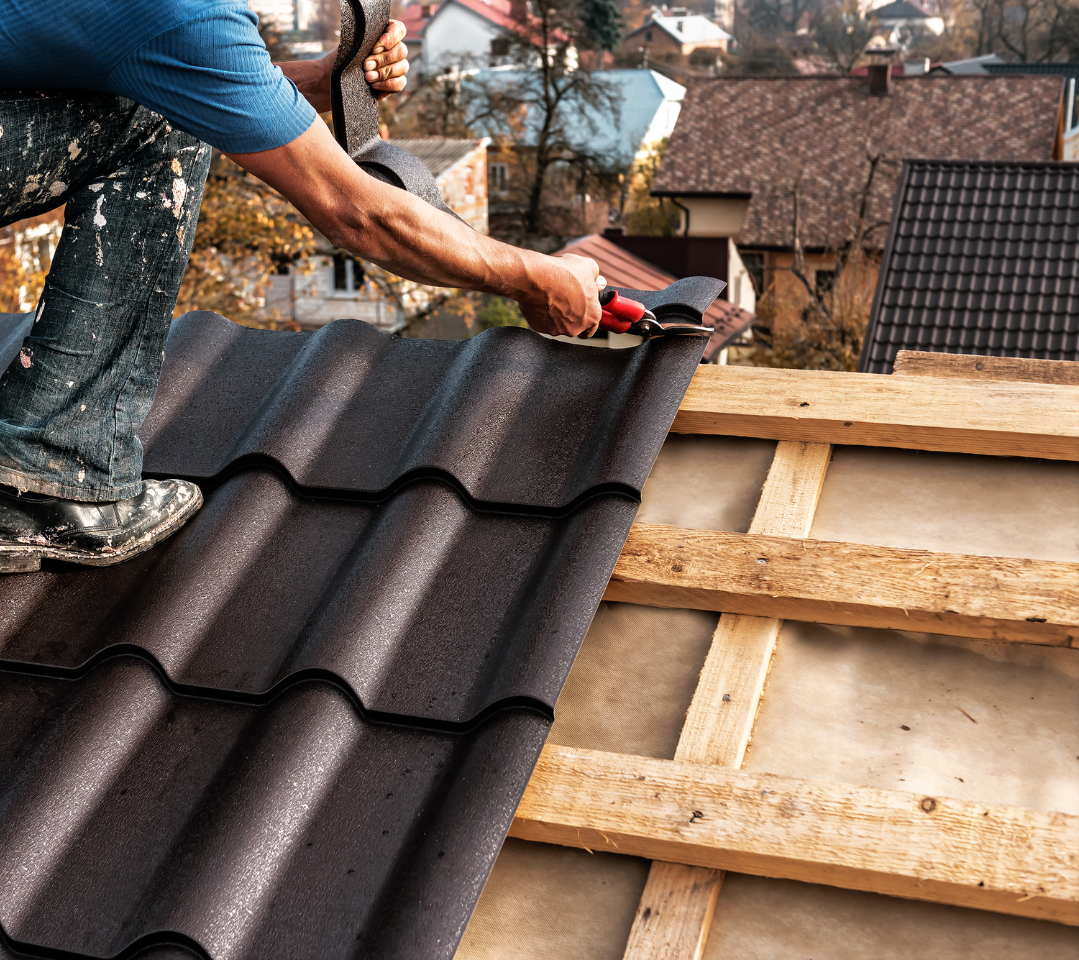
Mastering Google Ads: The Simple Guide to Winning Online
- politics,music,education,science,travel,random

Mastering Google Ads: The Simple Guide to Winning Online
Why Managing Google Ads Feels Overwhelming at First
Picture this: You just launched your dream business. You have the perfect product, an amazing website, and big plans to grow. You’ve heard that managing Google Ads is the fastest way to bring in customers, so you set up an account. But then, reality hits.
- There are endless campaign options.
- You have to pick the “right” keywords.
- Bidding? Budgeting? Click-through rates? It’s a maze.
It’s no surprise that most beginners feel completely lost when they start managing Google Ads. But here’s the truth: Google Ads isn’t hard—it just looks complicated. The key is knowing where to focus and how to make the system work for you. Let’s break it down step by step.
One of the best ways to improve your campaign is by using
how to set up a Google Ads campaign
to optimize your ads effectively.
Step 1: Set Clear Goals Before Spending a Dollar
Would you start a road trip without knowing where you’re going? Of course not. The same rule applies when managing Google Ads. If you don’t set clear goals, you’ll waste money and time.
Define Your Goal
What do you want to achieve with Google Ads?
- More website visits? (Focus on search and display ads.)
- More sales? (Optimize for conversions.)
- More phone calls? (Use call-only ads.)
Knowing your goal helps you structure your campaign the right way. To get the most out of your ads, consider learning more about
beginner’s guide to managing Google Ads
and how it impacts your campaign performance.
Step 2: Find the Right Keywords Without Guessing
If Google Ads were a treasure hunt, keywords would be the map. Choosing the wrong ones means you’ll attract the wrong people.
How to Pick the Best Keywords
- Think Like Your Customers – What words would they type to find your business?
- Use Google’s Keyword Planner – This free tool shows how many people search for each keyword.
- Focus on Buyer Intent – Avoid generic words. Instead, choose specific ones like “best running shoes for women” instead of just “running shoes.”
- Exclude Bad Matches – Use negative keywords to block irrelevant searches. If you sell luxury bags, you might want to exclude words like “cheap” or “discount.”
A smart keyword strategy will make managing Google Ads much easier and prevent wasted ad spend.
Step 3: Write Ads That Grab Attention & Get Clicks
Your ad is competing against many others. If it doesn’t stand out, people won’t click.
The Perfect Ad Formula
- Catchy Headline: Grab attention fast. Example: “Get a Custom Cake in 24 Hours!”
- Clear Benefits: Show why you’re the best. Example: “Handmade, Fresh & Delivered Fast.”
- Strong Call-to-Action (CTA): Tell them what to do. Example: “Order Now & Get Free Delivery.”
When managing Google Ads, small wording changes can make a huge difference in clicks and sales.
Step 4: Set Your Budget Without Wasting Money
One of the biggest fears when managing Google Ads is overspending. But good news—Google lets you control your budget!
Budgeting Tips for Success
- Start Small – Begin with $10-$20/day until you understand what works.
- Set a Daily Limit – Avoid surprises by capping your budget.
- Use Smart Bidding – Let Google adjust bids automatically to get the best results.
By carefully managing your budget, you can grow your business without draining your wallet.
Step 5: Track, Test, and Tweak for Maximum Results
The biggest mistake beginners make when managing Google Ads is setting up a campaign and forgetting about it. Google Ads is like a garden—it needs regular care to grow.
What to Monitor
- Click-Through Rate (CTR): If your CTR is low, your ads may need better wording.
- Conversion Rate: If people click but don’t buy, your landing page might need improvement.
- Cost Per Click (CPC): Keep track of how much you’re paying for each visitor.
Making small adjustments each week will turn a weak campaign into a money-making machine.
Bonus Tips: Secrets to Make Google Ads Work for You
Want to supercharge your success? Here are some expert strategies:
- Use Remarketing Ads – Show ads to people who visited your site but didn’t buy.
- Run A/B Tests – Try different versions of your ad to see which performs better.
- Leverage Ad Extensions – Add extra links, call buttons, or site information to boost engagement.
Even small improvements can make a big impact when managing Google Ads. Whether you’re a beginner or an experienced advertiser, understanding
effective PPC advertising tips
can make a huge difference in your results.
Frequently Asked Questions
Is Managing Google Ads Hard for Beginners?
At first, it might seem complex, but once you understand the basics—keywords, budgeting, and tracking—it becomes much easier.
How Much Should I Spend on Google Ads?
It depends on your business. Start with $10-$20/day and increase as you see positive results.
Why Are My Ads Not Getting Clicks?
Your ad copy might not be engaging, or you could be targeting the wrong keywords. Try A/B testing different versions.
Final Thoughts: Google Ads Is a Game—Learn the Rules & Win
Managing Google Ads isn’t about luck; it’s about strategy. If you set clear goals, pick the right keywords, write compelling ads, and monitor your results, you can turn Google Ads into a profit-generating powerhouse.
So don’t be afraid. Start small, learn as you go, and soon you’ll be running ads like a pro.
